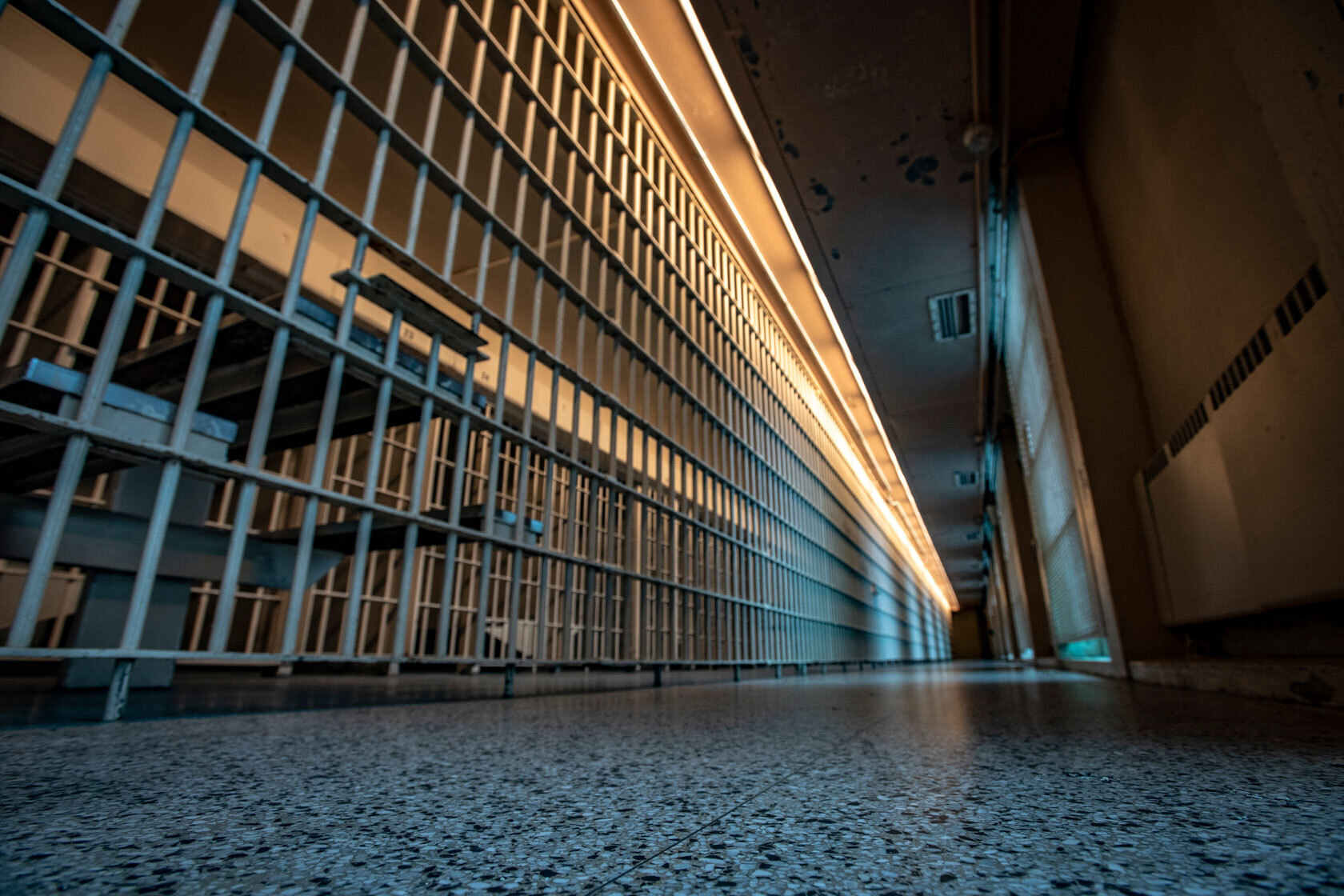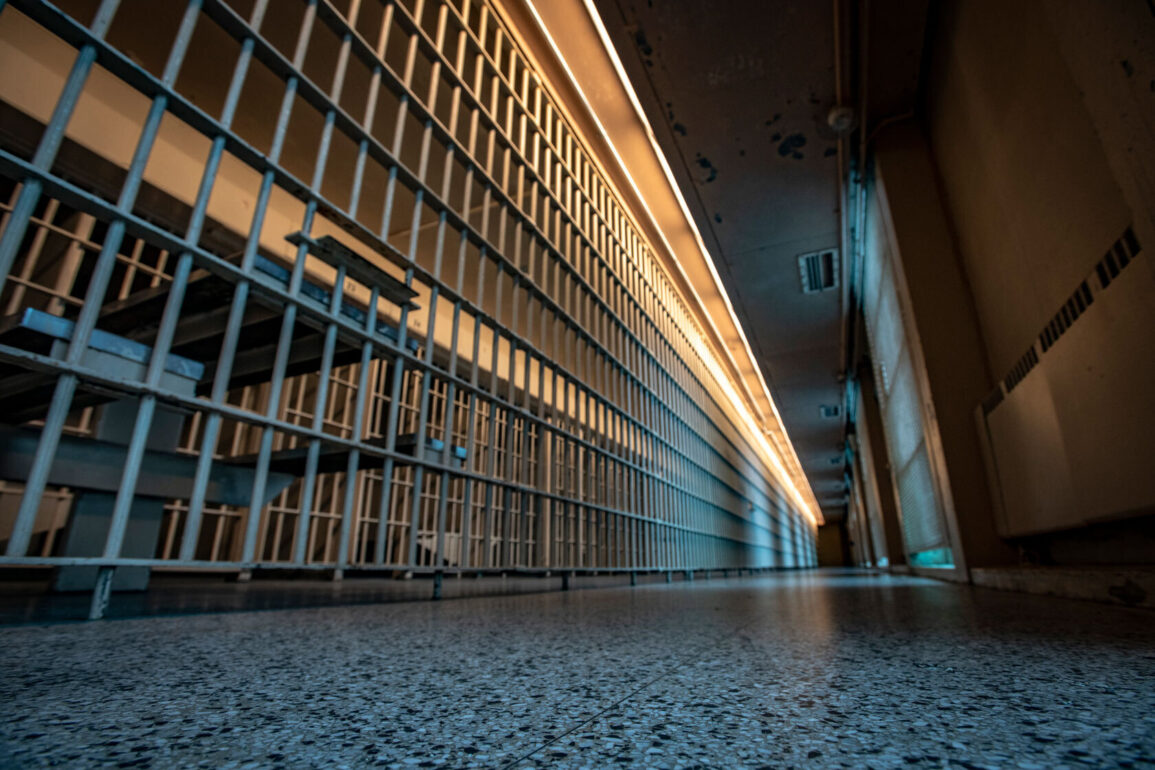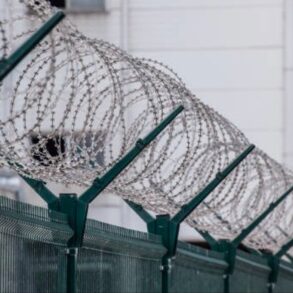
The more than 600,000 individuals released from U.S. prisons annually face systemic societal barriers that can often feel like an additional punishment as they work to integrate back into their communities. Reentering individuals usually experience compounding challenges, including a lack of employment, job skills, education, stable housing, health care resources, and other supportive public benefits. When individuals do not have the proper tools and resources to overcome these challenges, they may resort back to unlawful activities to make ends meet, which ultimately leads to reincarceration. This negatively affects not only the individuals themselves but also their families and the community overall.
Research shows that the chances of successfully overcoming these obstacles are significantly increased the earlier a reentry plan is put in place and an individual can prepare for life outside prison or jail. Additionally, a more humanizing approach to reentry—one that centers individuals’ dignity and autonomy in their rehabilitation process—can also affect overall success. Yet in the past several decades, correctional settings in the United States, when compared with those in other countries, have not dedicated enough resources toward creating an efficient rehabilitative environment.
Brazil’s Association for the Protection and Assistance of the Convicted (APAC) is one example of a successful reentry-focused prison system that centers a humanizing approach in addressing the rehabilitation needs of each resident. The internationally recognized prison system is fully run by the people incarcerated within the facilities. No police officers or prison guards are present; the residents themselves are responsible for maintaining the facilities and working through a rehabilitation program that ensures successful reintegration back into society. APAC’s innovative approach to rehabilitation relies on the support of both state, municipal, and private entities to ensure that residents can leave the prison ready to contribute to the success of their communities and to maintain public safety.
Policymakers at all levels of government who have an interest in improving reentry outcomes should consider prioritizing services that focus on the human dignity of affected individuals and provide holistic support early in individuals’ period of incarceration. Programs such as APAC are embracing proven reentry strategies that the United States can learn from and implement at a larger scale.
Visit to Minas Gerais, Brazil
The ARrow Center for Justice (ACJ) is an organization dedicated to promoting a justice system that balances accountability with rehabilitation and harm reduction. Their “policy research is centered on human dignity, evidence-based practice, recidivism prevention, and promoting excellence among the correctional profession.”
In 2023, ACJ launched the Project on Human Dignity in Corrections, which brought together a group of more than 20 stakeholders and thought leaders—including the author—from various areas of the criminal legal system and justice reform to research strategies to improve successful reentry outcomes through the correctional environment. From May 2023 to July 2024, the cohort toured correctional models in the United States, Germany, Norway, and Brazil to observe the common correctional facility practices of each country and learn how correctional models outside the United States are incorporating practices that center human dignity in their rehabilitation efforts.
The group traveled to Minas Gerais, Brazil, in January 2024 to visit an APAC facility. The facility is one of 68 in Brazil and houses close to 200 residents with 29 voluntary staff during the week days. It operates under the motto, “Aqui entra o homen, o delito fica la fora” or “Here the man comes in, the crime stays there,” emphasizing its focus on rehabilitation and human dignity. The facility has 12 elements—key areas of focus that, when worked on collectively, are meant to support residents for integration back into their communities. These focus areas include human dignity, community engagement, work opportunities, residents supporting each other, legal support, spiritual wellness, health care, family relationships, volunteer support, discipline, social integration support, and offsite spiritual retreats. The facility’s representatives noted the low recidivism rates and low levels of violence within the facility, and several residents noted their appreciation for APAC’s unique commitment to rehabilitation that is not often seen in Brazil’s traditional correctional facilities.
A humanizing approach to reentry improves public safety
Successful reentry plays a significant role in improving public safety outcomes. When individuals do not have the proper tools and resources to rebuild a stable life for themselves and their families, they are more likely to return to engaging in unlawful activities that lead them back into the legal system and hinder the safety and security of their communities. According to the Council on Criminal Justice, around 71 percent of people returning from U.S. prisons are rearrested within five years of release—one of the highest rates of recidivism in the world. These data suggest that more investments are needed to offer reentry programs that have proved effective at breaking the cycle of reoffending and that provide the best opportunity for a meaningful second chance.
Holistic prison-based reentry programs that center human dignity and begin early in the incarceration period have proved to be very successful for rehabilitation. A humanizing approach to reentry means that facilities treat incarcerated individuals with dignity and respect, regardless of their conviction. The system is meant to hold individuals accountable for their actions, while cultivating a safe environment that addresses the individual needs of each person, builds their self-esteem, and fosters their sense of agency over their lives. In facilities centered in human dignity, residents may live in more open spaces, have access to job training and education opportunities, prepare their own meals, receive access to adequate health care or treatment programs, and any other resources that help them to maintain a sense of autonomy. A humanizing approach to reentry helps individuals recognize their value to the larger society and motivates a commitment to rehabilitation that ultimately leads toward successful reintegration.
Such an environment is counter to many traditional correctional settings in the United States, where punishment is the main priority and little consideration is given to the personal history or circumstances of an individual. While some prisons may offer rehabilitation programs and support to prepare individuals for reentry, these efforts may be less effective within a traditionally punitive setting that does not help individuals recognize their unique value and contributions to society. Conversely, systems that normalize human dignity and prioritize rehabilitation over punishment—such as those seen in countries such as Germany and Norway—often see lower recidivism rates and lower crime rates. They serve as proof that facilities focused on human dignity and rehabilitation can lead to successful reintegration and improve public safety outcomes.
Brazil is modeling a humanizing approach to reentry
The Association for the Protection and Assistance of the Convicted is a system of prisons that runs with a focus on rehabilitation and social reintegration of the residents through a humanizing approach. Started in 1972 as a pastoral care program in the prisons of the state of Minas Gerais, Brazil, APAC is now its own set of independent prison facilities run by incarcerated people, where a humanizing approach means no armed officers are present—only a small number of volunteer staff members—and the residents serving their sentences are responsible for managing all aspects of the prisons, from preparing meals to handling any disciplinary actions that may arise. Each resident is given a key to their own detention cell and the freedom to move about the facility most of the day. Once some residents have reached a certain stage of their rehabilitation process, they’re permitted to leave the facility during the day for work.
The absence of traditional prison enforcement and responsibility of running the facilities themselves, as well as more freedom of movement, are all humanizing aspects of the facilities for those incarcerated, meant to ensure each resident is treated with human dignity and can recognize their value to society as they work through their recovery process. As APAC founder Dr. Mário Ottoboni once noted, “The human being can be recovered. To make this happen, the inmate must be treated in a human way. Human, but firm.”
To ensure that each resident has the necessary resources for successful rehabilitation, APAC facilities are kept small, housing no more than 200 residents at one time. Any individual serving a sentence in one of Brazil’s traditional prisons can request transfer into APAC, regardless of the nature of their conviction. However, an individual must apply for a transfer and demonstrate a genuine commitment to following the APAC program. Due to the popularity of the program, there is often a waiting list.
Key components of the rehabilitation program include APAC’s work and education requirements. Residents must pursue work or education opportunities as soon as they enter a facility so that they are fully prepared to pursue or continue a profession once their sentence is completed. For every three days of work, one day is taken off a resident’s sentence. Once residents are able to earn a wage, a portion of their earnings is set aside until they are released so that they have some funding support during their reentry. Volunteer professionals and staff are available to offer support throughout all aspects of the program, including spiritual, medical, psychological, and legal assistance or other support to meet the individual needs of each resident. Family members also play an active role in the recovery process; therefore, residents must be housed in an APAC facility located in the district where their family resides.
Since its start, APAC has proved to be a successful program. The average recidivism rates for people who complete APAC are 13.9 percent—very low compared with Brazil’s national recidivism rate of 80 percent. Among the female APAC facilities, recidivism rates are even lower, at just 2.8 percent. The model has even expanded to 68 facilities across Brazil, including nine facilities for women. Supporters note as added benefits the few cases of violence or escapes and the low costs of running the facilities. Some estimate the average cost of running a traditional facility in Brazil to be around $980 per incarcerated individual each month, while an APAC facility costs roughly one-third of that—$300 per resident. APAC’s rehabilitation model is internationally recognized, and its success has led to expansion of variations of the program in other countries, including in Europe and the Americas.
Conclusion
Successful reintegration for individuals returning to their communities after incarceration is not only beneficial for the individuals themselves, but it is also necessary to improve overall public safety outcomes. Reentry programs, centered in human dignity, ensure that once an individual has been held accountable for their actions, they have a fair chance at rebuilding their lives and are more likely to break the cycle of offending in the future. The APAC model has proved successful by taking a holistic approach to rehabilitation. Through early access to rehabilitative supports, individuals return to their communities equipped with the proper skills and resources they need to overcome the typical barriers to reentry. Government leaders and policymakers within the United States should consider embracing similar approaches to reentry that both improve public safety and humanize and support returning individuals.
The author would like to thank ARrow Center for Justice and the members of the Project on Human Dignity in Corrections for the opportunity to participate in the center’s international prison tour. The tour was an invaluable opportunity to learn firsthand from other corrections and rehabilitation models that center human dignity in their efforts, and to consider ways to implement similar efforts in the United States to improve reentry outcomes.
This post was originally published on this site be sure to check out more of their content.









